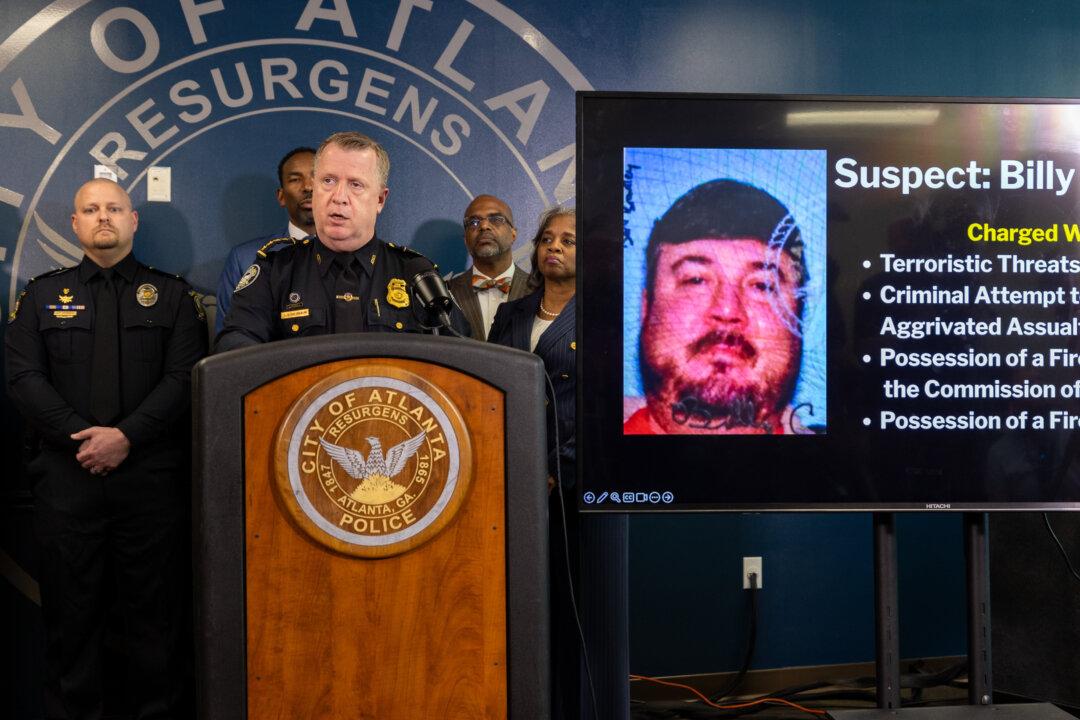PHILADELPHIA—Faulty building materials helped spread a devastating fire at London’s Grenfell Tower in 2017, turning the residential complex into a “flaming coffin” for the 72 people who died, according to a product liability suit filed Tuesday in the United States.
Nearly 250 survivors and families of victims joined the suit, which targets U.S. companies that made products used at the complex. The suit was filed in a state court in Philadelphia.





